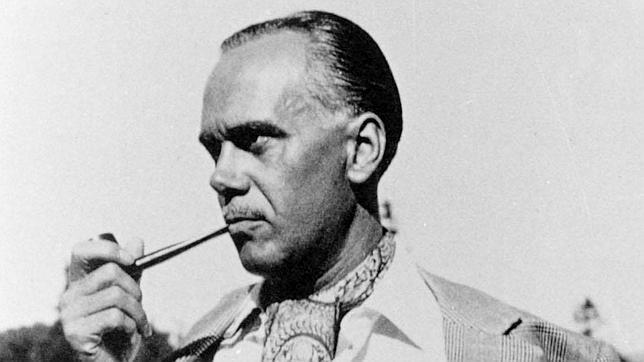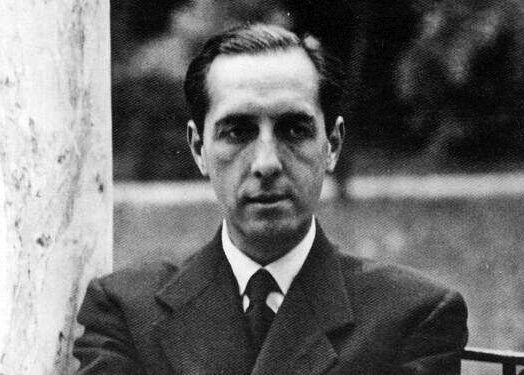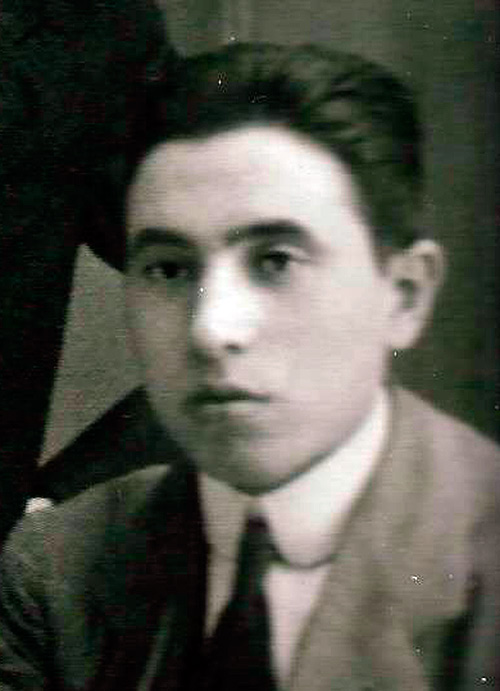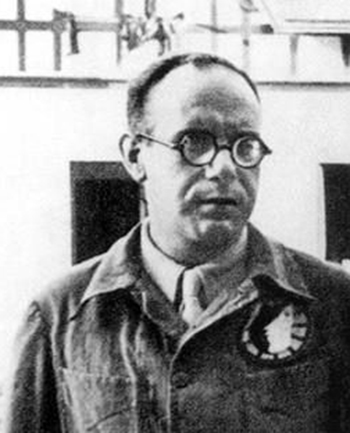Spanish writer of the Generation of ’27, born in Seville in 1902, to a military father. He began to read and write poetry at a very young age. He studied law in Seville in 1919 and was taught by Pedro Salinas, who was his true initiator in the reading of Spanish and French classics. In 1925, he met Juan Ramón Jiménez, published in the Occidente magazine in Madrid, and in Mediodía and Litoral.
In 1927 he published his first book of poems, Profile of the Air, at the Imprenta Sur belonging to Altolaguirre and Emilio Prados. That year he attended the tribute to Góngora, although he is not among the organizers or speakers. There he met Federico García Lorca, who was already a successful poet. They became accomplices and friends. After the death of his mother he leaves Seville. He goes to Madrid, meets Aleixandre and, thanks to Salinas, gets a lectureship in Toulouse. He also travels to Paris and there he becomes fond of cinema and jazz, two genres that influenced his next book, A River, a Love (1929).
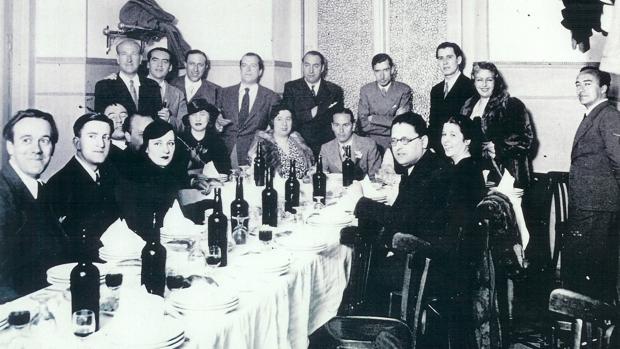
In 1929 he returns to Madrid and while working in a bookstore he writes Los placeres prohibidos (1931). Gerardo Diego includes it in his 1932 anthology (Spanish Poetry. Anthology 1915-1931). He welcomes the arrival of the 2nd Republic and participates in the Pedagogical and Cultural Missions, first in the section of Libraries and then in the Ambulante Museum.
Federico very elegantly and generously praised the literary quality and Cernuda’s own and original voice.
During these years he joins the Communist Party, although for a short time; he collaborates in the magazine Octubre and in Cruz y raya, by José Bergamín. In 1934, he publishes Where Oblivion Lives, a book inspired by his relationship with Serafín Fernández Ferro, who had been introduced to him by Federico. At the beginning of the year he publishes a very favorable literary portrait of García Lorca in the Heraldo de Madrid: “As time went by, this boy, whose name was Federico García Lorca, put the gifts of the fairies into practice. His poems were liked as soon as they were written; […] Thus, more or less, schoolchildren were to express themselves in a century, repeating what their class books told them about the figure of Federico García Lorca”.
In 1936, when he was only 34 years old, he published the first edition of his complete work entitled Reality and Desire, published by Bergamín. To celebrate, on April 29, a large group of intellectuals gathered in a restaurant in Madrid (then called Casa Rojo, later Los Galayos). Lorca presented the book and published his words the next day in El Sol. Federico very elegantly and generously praised Cernuda’s literary quality and his own original voice. It was perhaps the last generational encounter.
On June 13, 1936 Cernuda was one of those who stayed waiting in vain for Federico García Lorca at the home of the diplomat Carlos Morla Lynch, just before the poet decided to leave for Granada. After learning of Lorca’s murder he dedicates to him a heartfelt elegy, To a dead poet (F.G.L.), which was partly censored.
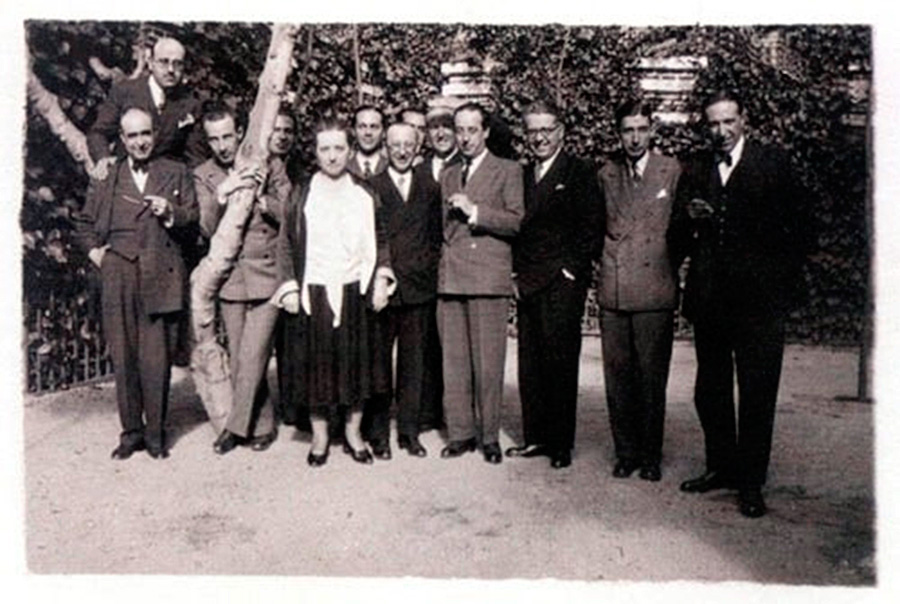
During the Civil War he enlisted in the Alpine Battalion. In 1937, he moves to Valencia and participates in the cultural trenches of the magazine Hora de España and in the 2nd Congress of Antifascist Intellectuals. In 1938 he leaves Spain to give lectures in the United Kingdom and will not return. There he meets Rafael Martínez Nadal, who will later become one of the scholars of his work. Cernuda is in charge of tutoring Spanish refugee children, works in a boarding school and in different universities. He writes Las nubes (The clouds) and Ocnos. During this period he also worked consistently as a literary critic.
After learning of Lorca’s murder, Cernuda dedicated to him a heartfelt elegy, To a Dead Poet (F.G.L.), which was partly censored.
In 1947, he moved to the United States. Thanks to Concha de Albornoz he gets a place at the University of Mount Holyoke, where he remained until 1952. In 1951, he travels to Cuba to give some lectures and there he meets up again with María Zambrano, and later he arrives in Mexico, where he finally settles down. He meets up again with Concha Méndez and Manuel Altolaguirre, with whom he was such close friends, and moves to their house. From 1954, he works at the University of Mexico. During these years he writes Poems for a Body and Desolation of the Chimera. In 1957, he also publishes Studies on contemporary Spanish poetry in which he includes a poem on Federico García Lorca. He continues to publish more works Reality and Desire. When Altolaguirre died, he published his Complete Poems. In the 1960s, he lectured in California, San Francisco and Los Angeles, but never left Mexico. He died there on November 5, 1963 and was buried there, in the Spanish section of the Panteón Jardín cemetery.
